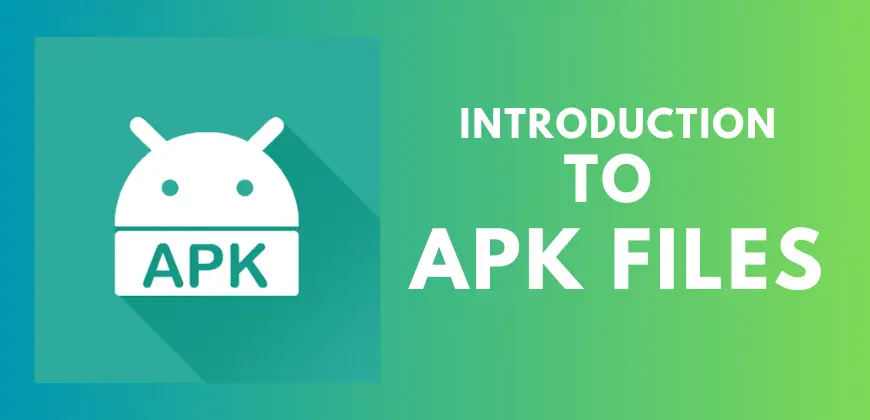In the digital realm, where acronyms and tech jargon abound, the term “APK” often raises eyebrows and elicits questions. What is an APK, and why does it matter? If you’ve ever pondered these questions, you’re not alone. APKs are fundamental to the Android ecosystem, and understanding them is crucial for anyone navigating the world of Android apps. In this article, we’ll demystify APK files, exploring what they are, how they work, and why they are essential in the Android universe.
Table of Contents

Introduction to APK Files?
APK stands for Android Package, but let’s break it down further. An APK file is essentially a package file format used by the Android operating system for the distribution and installation of mobile apps. Think of it as the Android equivalent of a .exe file on Windows or a .dmg file on macOS.
Each APK file contains everything needed to install and run an Android app on a user’s device, including:
- Code: This is the core of the app, written in a programming language like Java or Kotlin. It contains the app’s functionality and logic.
- Resources: These are files like images, audio, video, and layouts that are used by the app’s user interface.
- Manifest: The AndroidManifest.xml file, which contains essential information about the app, such as its name, permissions, and version.
- Certificates: Digital signatures that ensure the APK has not been tampered with and comes from a trusted source.
How APKs Work
To understand how APKs work, let’s take a step-by-step look at the process from development to installation:
1. App Development
Developers create Android apps using programming languages like Java or Kotlin, along with development tools like Android Studio. During the development process, various resources, code, and assets are assembled to create a functioning application.
2. Compilation
The source code is compiled into a format that can be executed by Android devices. This compilation process results in .dex (Dalvik Executable) files, which contain the app’s bytecode.
3. Packaging
Once the app is ready for distribution, all its components, including the compiled code, resources, manifest, and certificates, are bundled into a single file with the .apk extension. This APK file is essentially a compressed archive containing everything needed for the app to run.
4. Distribution
Developers can distribute their APKs through various channels, including the Google Play Store, third-party app stores, or directly from their websites. The APK serves as the installer for the app, allowing users to download and install it on their Android devices.
5. Installation
When a user downloads an APK and installs it on their device, the Android system unpacks the APK, verifies its digital signature to ensure it hasn’t been tampered with, and then installs the app. The app’s icon appears on the user’s home screen, and they can start using it.
Why APKs Are Important
APKs play a vital role in the Android ecosystem for several reasons:
1. App Distribution
APKs enable developers to distribute their apps through various channels, not just the official Google Play Store. This flexibility empowers developers to reach a broader audience and distribute apps through alternative marketplaces or directly from their websites.
2. Version Control
APKs allow developers to manage different versions of their apps easily. Each version of an app is packaged into a separate APK, making it simple to roll back to previous versions or test new features without affecting existing users.
3. Sideloading
Sideloading refers to the process of installing apps from sources other than official app stores. APKs make sideloading possible, allowing users to install apps that may not be available on the Play Store or are in beta testing phases.
4. Device Compatibility
Different Android devices have varying hardware configurations, screen sizes, and software versions. APKs can include multiple versions of resources and code to ensure compatibility with a wide range of devices, known as “multi-APK” support.
5. Updates
When app updates are released, they are often distributed as new APK files. Users can download and install these updates to receive bug fixes, performance improvements, and new features. This helps keep apps current and secure.
6. Security
APKs are designed with security in mind. Digital signatures are used to verify the authenticity of APKs, helping users avoid installing malicious or tampered apps. Google Play Protect also scans apps for potential threats before installation.
Risks Associated with APKs
While APKs offer many benefits, they also come with some inherent risks:
1. Security Concerns
Downloading APKs from untrusted sources can pose security risks. Malicious actors may distribute counterfeit or infected APKs that can harm your device or compromise your data.
2. Compatibility Issues
Some APKs may not work correctly on all devices due to differences in hardware and software configurations. Installing an incompatible APK could result in app crashes or other issues.
3. Lack of Updates
Apps installed via sideloading may not receive automatic updates through the Play Store. Users must manually download and install updates, which can lead to outdated or vulnerable apps.
Conclusion
In the Android ecosystem, APKs are the building blocks that make mobile app distribution and installation possible. They encapsulate an app’s code, resources, and essential information, ensuring that users can easily install and run Android apps on their devices.
While APKs offer developers flexibility and users access to a wide range of apps, it’s crucial to exercise caution when downloading and installing them. Stick to trusted sources like the Google Play Store whenever possible to minimize security risks.
In summary, APKs are the lifeblood of the Android app ecosystem, and understanding their role is essential for anyone who uses Android devices or develops Android apps. They’re more than just file extensions; they’re the gateway to the world of Android applications, connecting developers and users in a seamless digital experience.
Leave a Reply